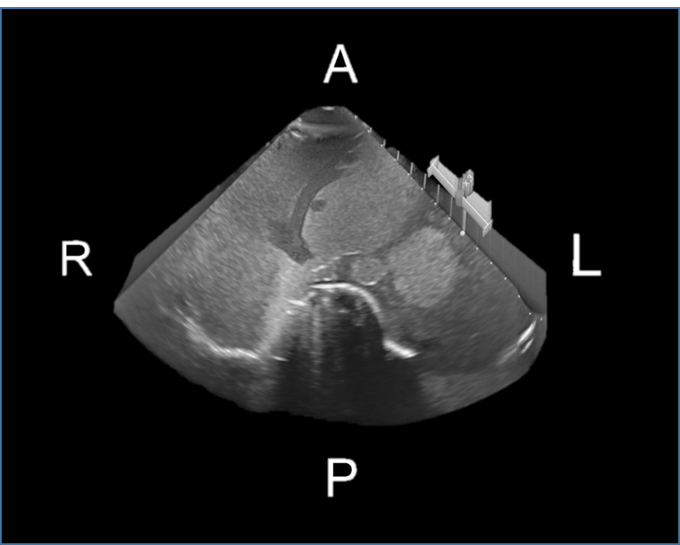MANAGEMENT: Adam Wax
DUKE INVENTOR: Adam Wax
lumedicavision.com
Lumedica Vision was founded by an experienced team of engineers including Chief Scientist Dr. Adam Wax from the Pratt School of Engineering. Dr. Wax’s team has developed a new low-cost optical coherence tomography (OCT) scanner that could dramatically extend the impact of the imaging technology for eye health by making eye imaging more affordable, accessible and easier to use. Affordable access would enable more health care providers to conduct OCT imaging, giving patients greater, earlier access to the one test that can save their vision and improve their quality of life.


THE PROBLEM:
The challenge is access.
- Current OCT focus on features keeps prices high and out of reach
- Many developing countries have little or no access to OCT
- Older OCTs in Eastern Europe have limited diagnostic efficacy
- US Optometrists: 40% balk at high price of entry
- Primary Care Physicians: Too complex and expensive to operate
THE SOLUTION:
“Our goal is to make OCT drastically less expensive, so more clinics can afford the devices, especially in global health settings,” said Wax
The key to the cost reduction is the innovative spectrometer design. This approach takes light on a circular path – rather than the conventional combination of lenses, mirrors and precision diffractive optics. The overall result is a product which reduces the typical weight of a clinical OCT system from 50-70 pounds down to just 4 pounds, while cutting the cost from at least $60,000 to less than $14,000.



